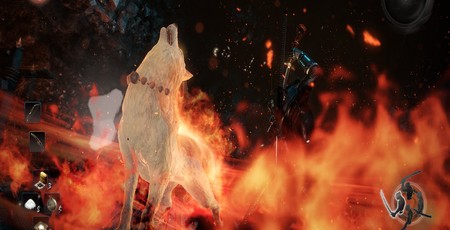
Price: £39.99
Developer: Team Ninja
Publisher: Koei Tecmo
Platforms: PS4, PC
Version Reviewed: PC
The easiest way to describe Nioh is a Japanese Dark Souls. This also demonstrates how dangerous it is to compare things to Dark Souls, because Dark Souls is itself Japanese. What I mean is, whereas From Software's game draws its inspiration from Western fantasy, Nioh's influence derives mainly from the culture of its own country, both ancient and modern.
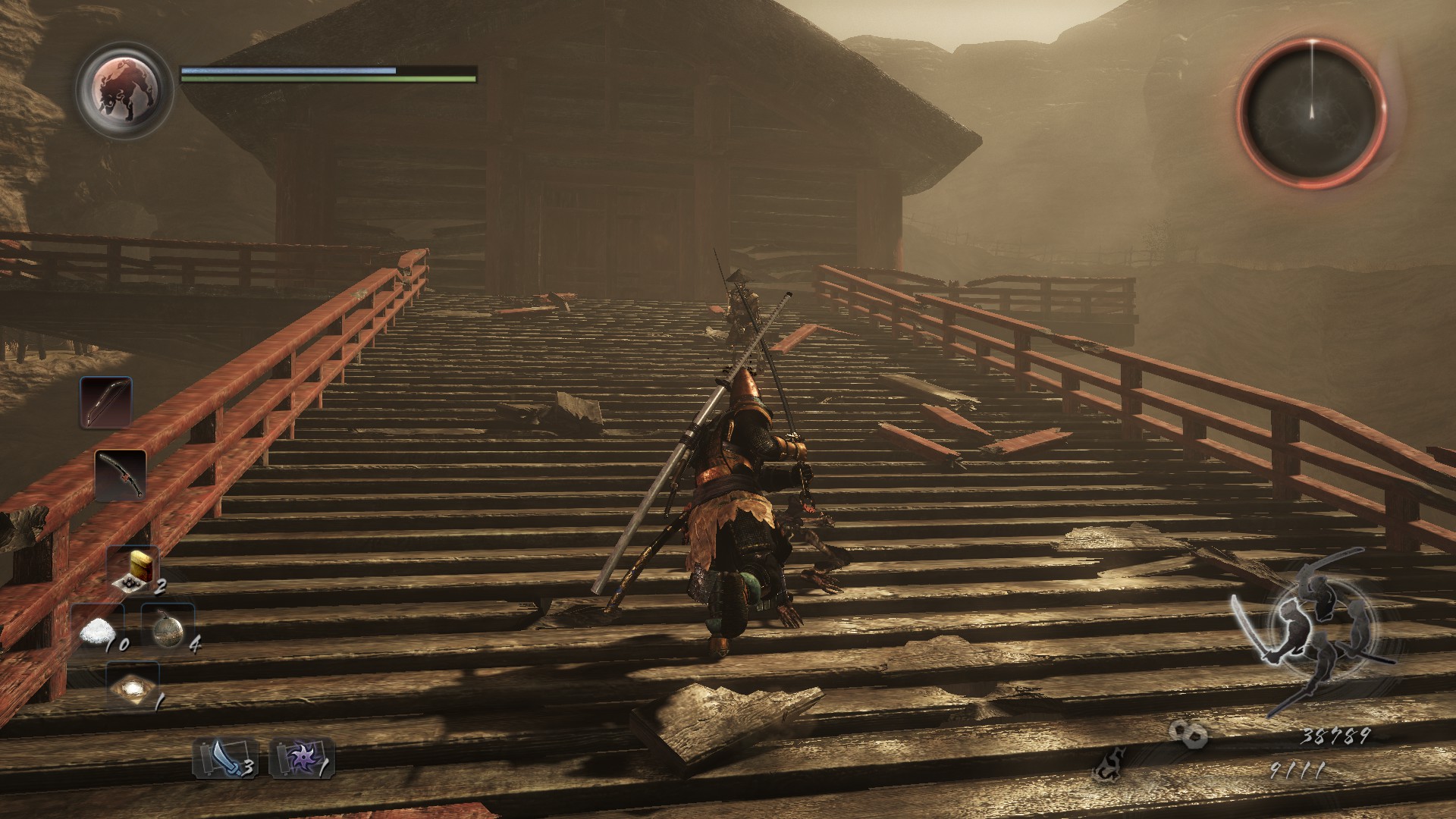
It's a game where a nuanced combat system and ferociously difficult boss fights are framed within a more traditional ARPG structure, and a trope-heavy story about one of the most famous periods in Japan's history. It's a weird mix that fits somewhat awkwardly together, but there are also moments where Nioh surpasses the titan of the genre it aspires to.
Nioh's story centres around William Adams, a real-life sailor who survived the long and perilous voyage to feudal Japan and became the first ever Western samurai. Nioh's telling of this tale is heavily embellished with elements of the supernatural. Adams is on the trail of an English sorcerer named Edward Kelley, who seeks out the power of Amrita, a variant of the Philosopher's Stone. Meanwhile, Japan's ongoing civil war has triggered an invasion of Yokai – malign spirits from another realm. Adams' quest to find Kelley drags him into conflict with both humans and monsters as he scours Japan for his nemesis.
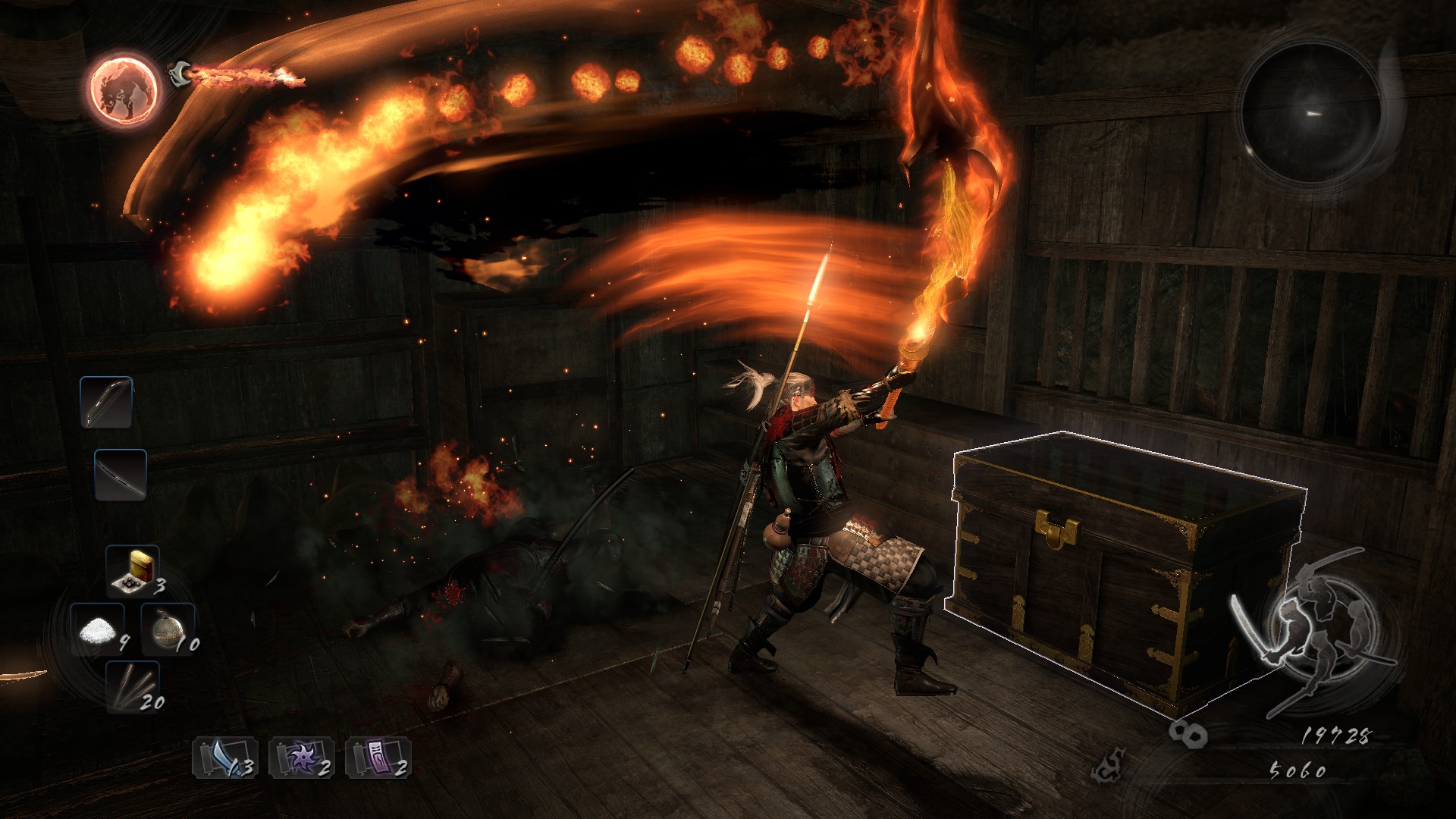
Nioh's storytelling is entirely unsubtle, featuring one-dimensional characters and laden with cliches . It's also not especially well weaved into the game. Most of the tale is told through cutscenes and static dialogue, and it's not always clear how the narrative fits in with the level that you're currently exploring. That being said, however, it is colourful and fun, and the pulpy, more lighthearted tone of the inter-mission dialogue serves as much-needed respite from the dark and challenging levels you explore.
The broader structure is broken up into a mixture of main and side-missions that are accessed from maps of several different regions (more on this later). Within a mission, however, the structure resembles Dark Souls pretty closely. Each mission sees Adams exploring an area infested with human and Yokai enemies. His progress is built around 'Shrines', where Adams can rest, level up, and perform several other tasks. Praying at a shrine will respawn most of the enemies that Adams has killed thus far, while dying will send him back to the last shrine he prayed at.
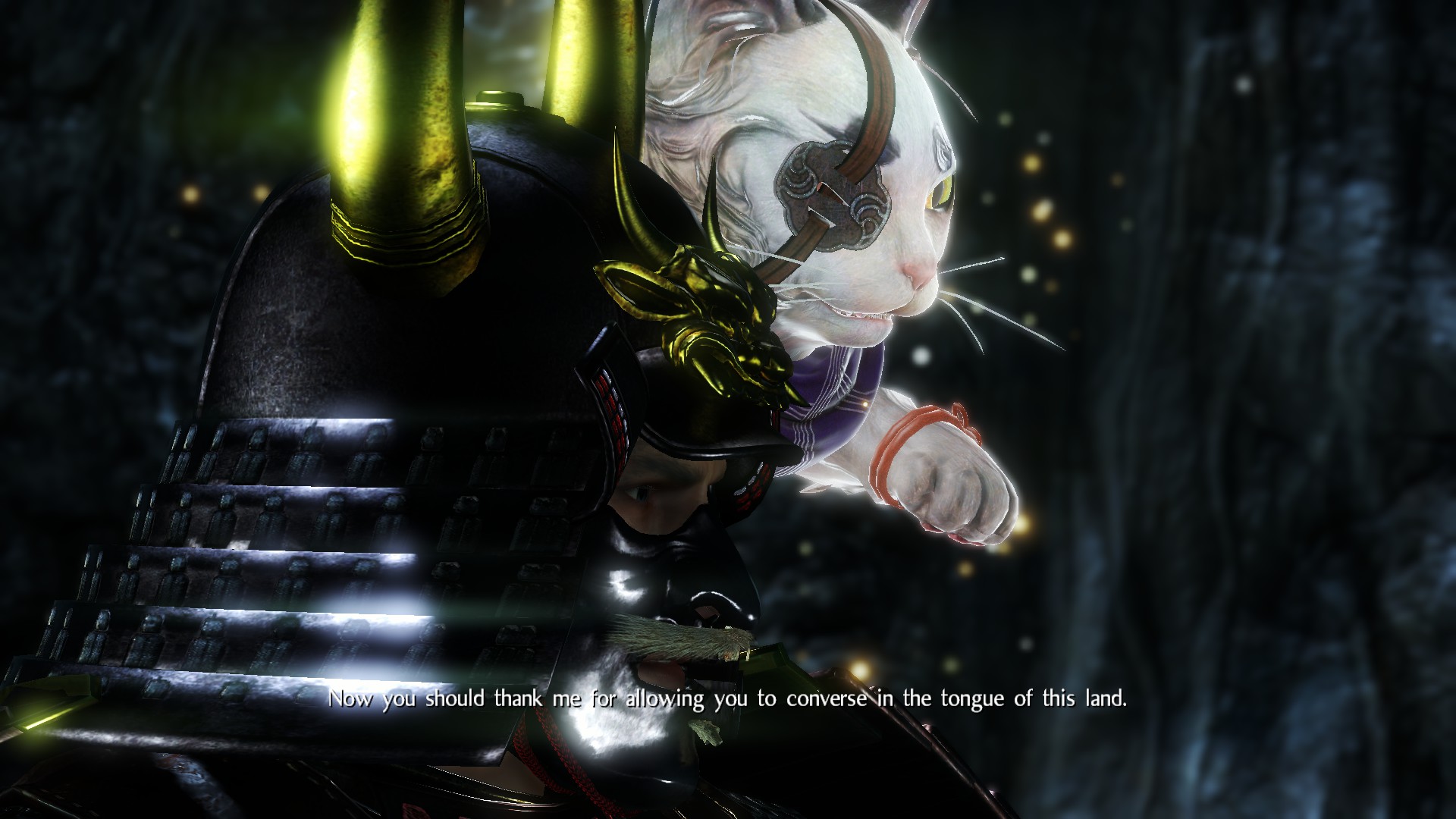
These levels range from burning villages to besieged castles to sulphurous silver mines. Each one has a slightly different theme and its own twisting networks of pathways, shortcuts and secrets you'll need to gradually pick through. And of course, these locales are filled with an eclectic variety of monsters and mercenaries who desperately want to insert something sharp and pointy into your flesh.
Nioh's combat system is absolutely superb. The framework is familiar, a combination of light attacks, heavy attacks, blocks and dodges. But this is merely the surface of a perilously deep rabbit hole that includes about six different weapon types, each with three move-sets for light, medium, and heavy stances, alongside a unique set of skills that can be unlocked through the course of the game. These skills can also be mixed and matched to a limited degree. For example, you could end a sword combo with a kick, useful for pushing enemies off ledges, or finish the sequence with back-step and slash, great for getting a final, cheeky hit in while also putting some distance between yourself and your opponent.
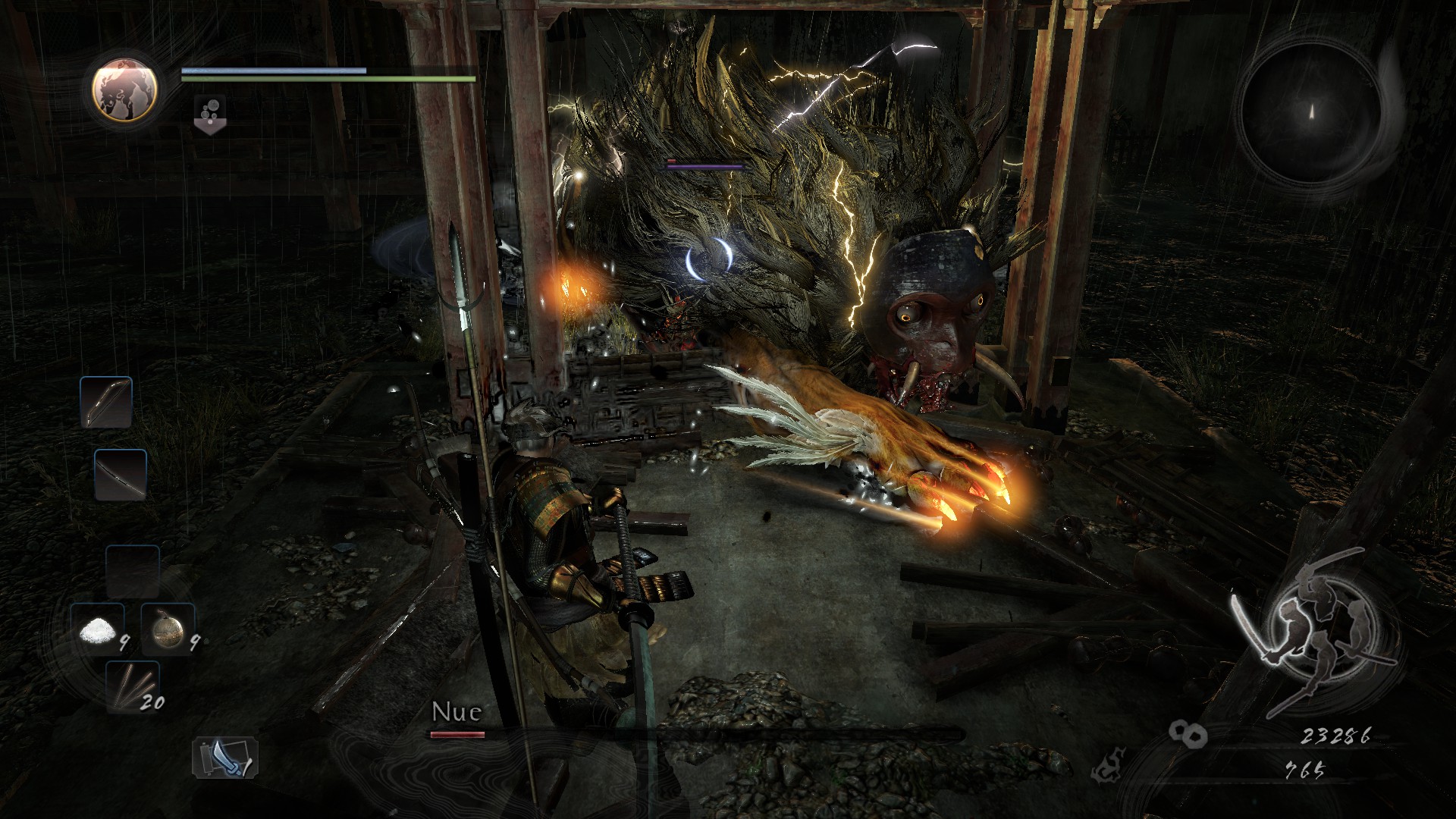
Alongside its depth, the combat feels fantastic. Movement is light, slick and fast, heavily influenced by the developer's previous work on Ninja Gaiden. Weapons, meanwhile, feel light and lethal. A swordfight usually ends with your opponent missing one or more limbs. Nioh rewards aggression, flow, and precision, and punishes overcautiousness mercilessly. A key system revolves around 'Ki', or stamina. After each attack, you're given a brief window to trigger a Ki pulse, which will quickly refill your stamina bar in preparation for your next attack. Ki pulses also remove 'Yokai' pools from the battlefield, circles of energy left by your demonic opponents that slow your stamina refill to a crawl.
The system is so good that Nioh is arguably at its best when you face enemies with similar skills to your own. Fights with regular human enemies are fantastic, as are battles with other players and 'Revenants', undead creatures raised from piles of bones left behind by other players who died in that area. Boss fights, meanwhile, are something of a mixed bag. Many of the bosses are strikingly designed, such as Nue, the googly-eyes familiar who attacks your with barrages of lightning. But quite a few of them cross the line from being challenging to unfair. Hino Enma, who is only the second boss you encounter, has an ability where she can paralyse you and then kill you with a single blow, and it's an attack she uses constantly
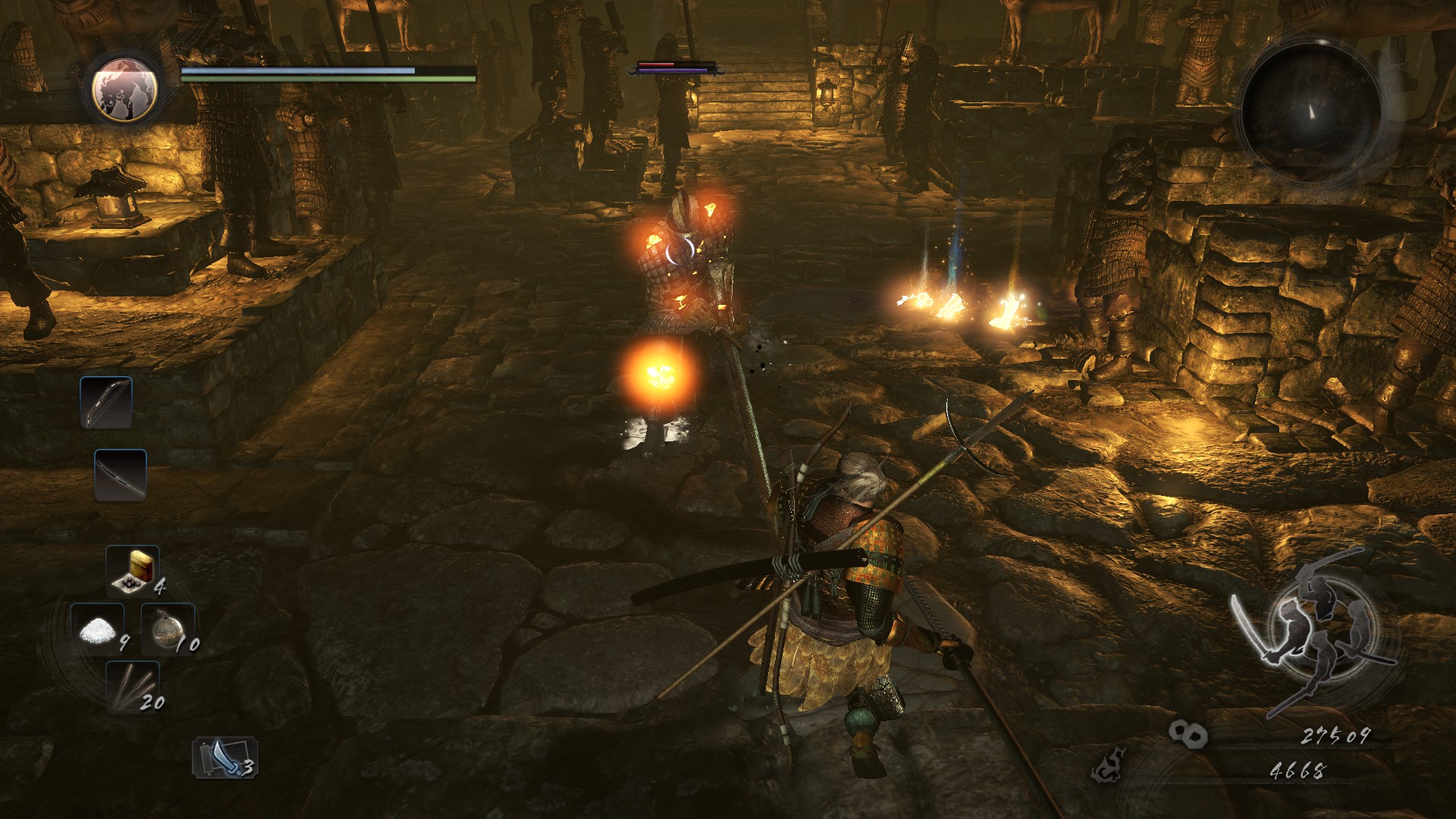
It's worth noting that Nioh does provide you with a few extra abilities to aid you in particularly challenging fights. Firstly, Adams can easily swap out his melee weapons for bows or prototypical guns during a fight. These ranged weapons are somewhat unwieldy (particularly the arquebuses and hand-cannons) but they can be useful in the right circumstances. In addition, Adams is accompanied by a Spirit Guardian that enables him to trigger a 'Living Weapon' ability. This temporally imbues his weapon with powerful elemental magic, allowing him to deal heavy damage and rendering him invincible for as long as the power lasts. There are also dozens of smaller items you can use to your advantage, from standard bombs and power-ups to weirder items like a mask that lets you breathe fire.
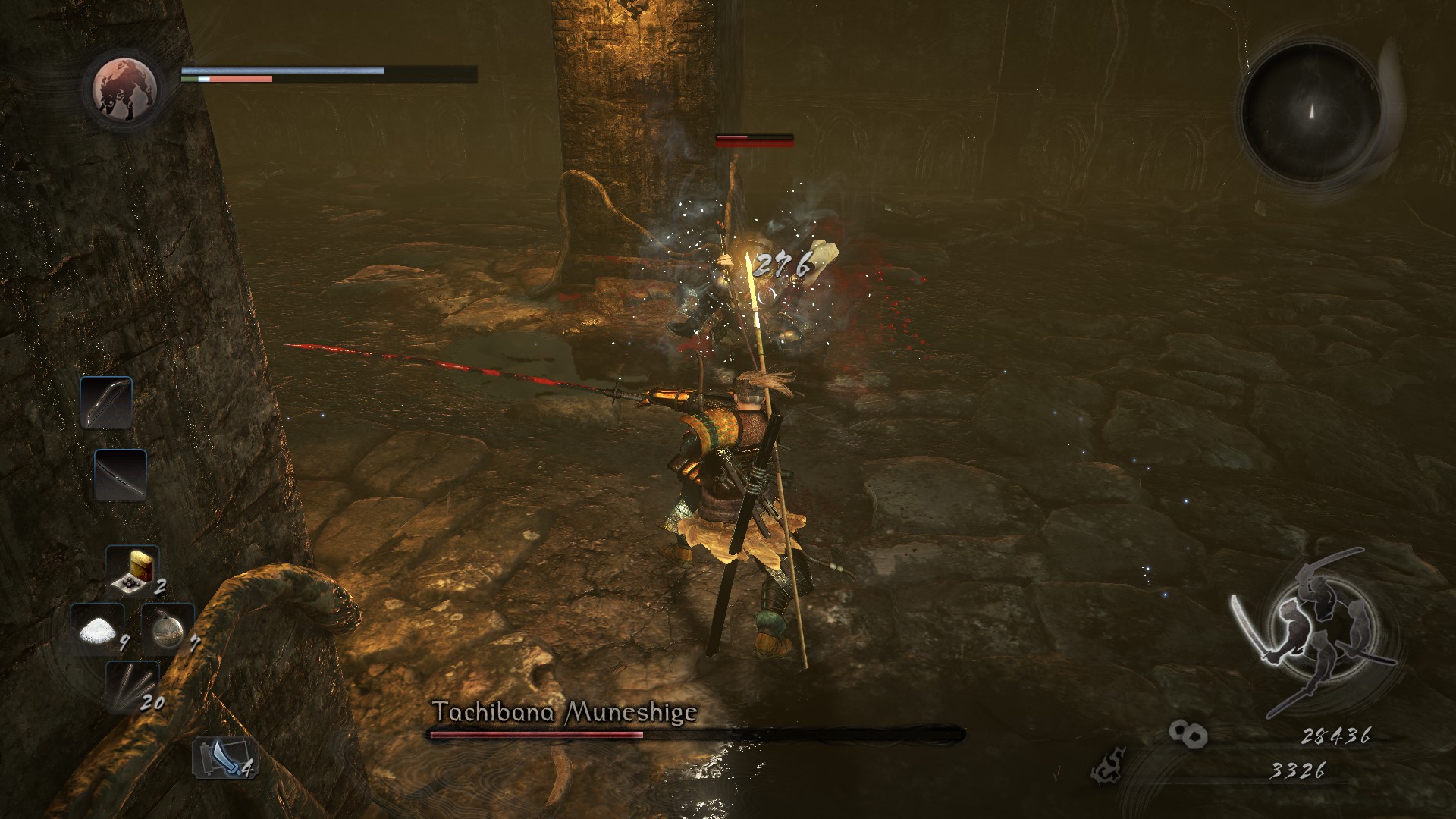
Nioh's combat is probably the best of any game of its genre (including the Souls games). But alongside the somewhat watery story, there are a few other problems that prevent the game from being an outright classic. Firstly, there's a fair amount of padding to Nioh's 50-ish hour length. Alongside the main missions are side-missions that let you earn extra experience and items. In theory these missions are optional. In practice, you probably won't be able level up enough to continue on the main quest without embarking upon them. What's more, several of these missions force you to retread slightly altered versions of maps you already explored, at which point Nioh's gradual forward momentum descends into repetitious grind.
The other issue is that Nioh uses a conventional loot system that simply overwhelms you with objects. Almost every enemy drops a small armoury's worth of items, and at any given moment you'll be carrying a half-dozen swords and tens if not hundreds of armour pieces. The result of this is you're constantly fiddling around in confusing menus to sort the wheat from the chaff and incrementally upgrade your equipment. Again, this slows down progression, as you can go barely five paces without picking up another three spears, meaning that exploration is a very stop-start affair.
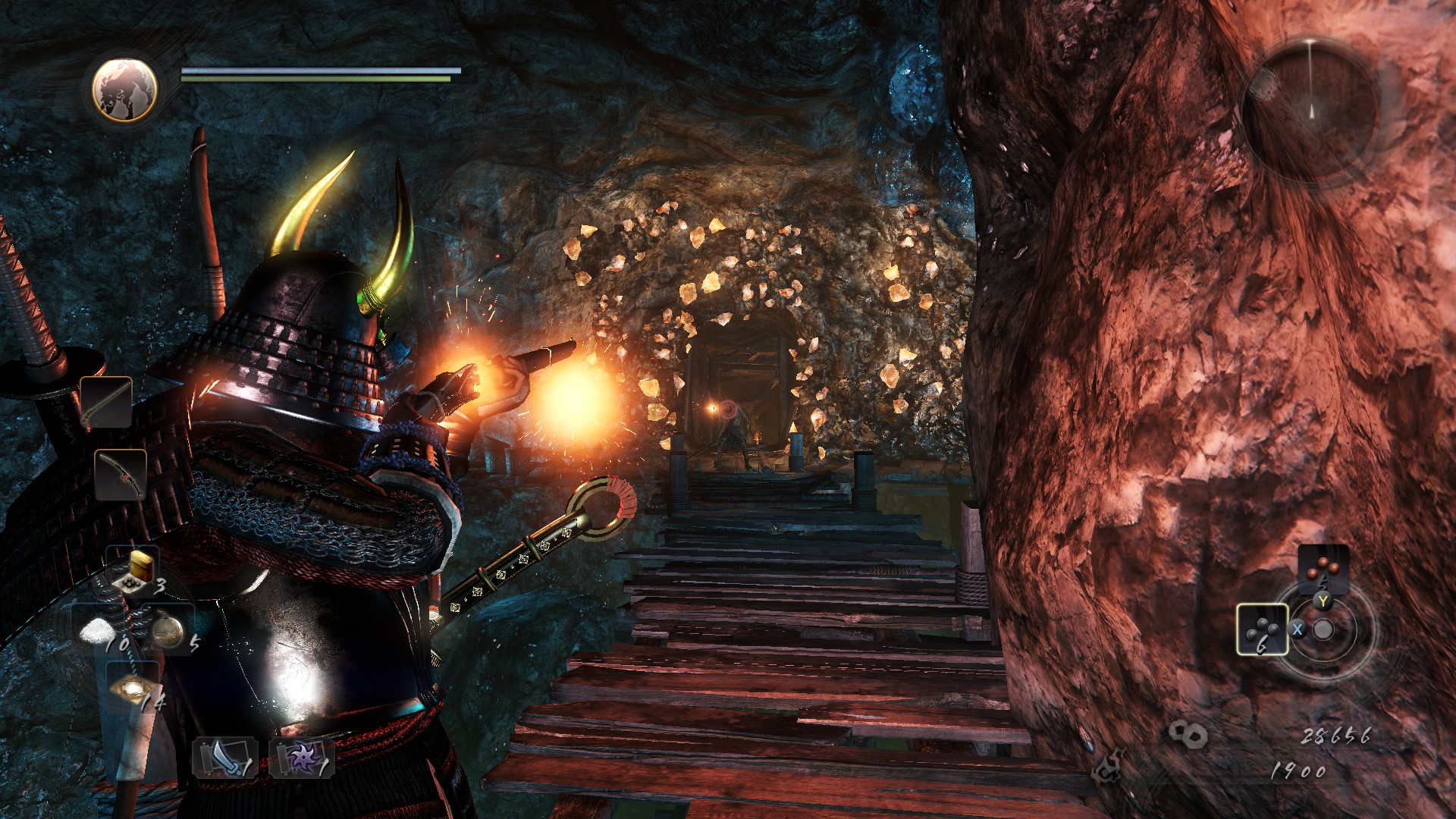
There have also been some reports of technical issues getting Nioh to run at a decent frame rate, although I didn't experience any problems like this myself during play. What is a universal issue, however, is the lack of keyboard and mouse support. Playing a Soulslike with keyboard and mouse may be a good way to drive yourself insane, but nevertheless it's unwise for the developer to assume that everyone will have a controller to hand.
Baggy and overwrought as Nioh is in places, it would take a lot to detract from what is probably the sharpest melee combat system going right now. Nioh may wear its influences on its sleeve, and it may not be as intelligent or as artfully minded as some of the games it mimics. But if Team Ninja's RPG was to encounter any of its contemporaries in a one-on-one duel, I have little doubt that it would come out on top.
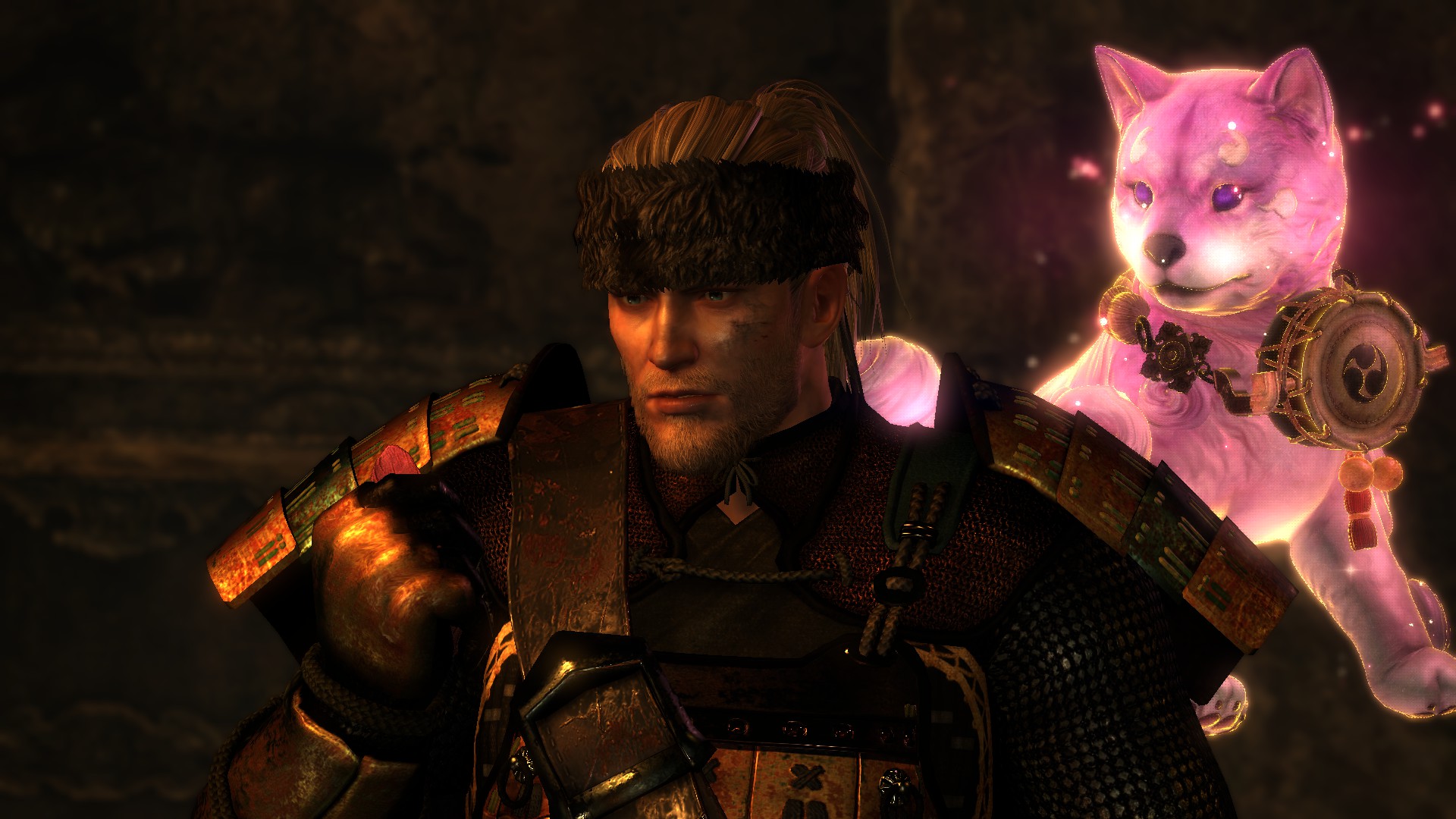


MSI MPG Velox 100R Chassis Review
October 14 2021 | 15:04

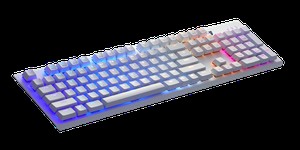







Want to comment? Please log in.